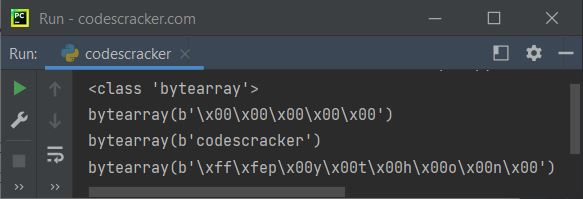- Python Built-in Functions
- Python All Built-in Functions
- Python print() Function
- Python input() Function
- Python int() Function
- Python float() Function
- Python len() Function
- Python range() Function
- Python str() Function
- Python ord() Function
- Python chr() Function
- Python ascii() Function
- Python pow() Function
- Python type() Function
- Python List Functions
- Python list() Function
- Python insert() Function
- Python append() Function
- Python extend() Function
- Python pop() Function
- Python remove() Function
- Python reverse() Function
- Python sort() Function
- Python sorted() Function
- Python Dictionary Functions
- Python dict() Function
- Python update() Function
- Python get() Function
- Python keys() Function
- Python setdefault() Function
- Python fromkeys() Function
- Python items() Function
- Python popitem() Function
- Python Tuple Function
- Python tuple() Function
- Python Set Functions
- Python set() Function
- Python frozenset() Function
- Python String Functions
- Python split() Function
- Python join() Function
- Python format() Function
- Python replace() Function
- Python Iterator Functions
- Python iter() Function
- Python min() Function
- Python max() Function
- Python sum() Function
- Python count() Function
- Python index() Function
- Python copy() Function
- Python clear() Function
- Python next() Function
- Python filter() Function
- Python enumerate() Function
- Python zip() Function
- Python reversed() Function
- Python Number Functions
- Python abs() Function
- Python bin() Function
- Python oct() Function
- Python hex() Function
- Python round() Function
- Python divmod() Function
- Python complex() Function
- Python File Handling Functions
- Python open() Function
- Python read() Function
- Python readable() Function
- Python readline() Function
- Python readlines() Function
- Python write() Function
- Python writable() Function
- Python writelines() Function
- Python close() Function
- Python seek() Function
- Python tell() Function
- Python flush() Function
- Python fileno() Function
- Python truncate() Function
- Python Class Functions
- Python object() Function
- Python property() Function
- Python getattr() Function
- Python setattr() Function
- Python hasattr() Function
- Python delattr() Function
- Python classmethod() Function
- Python staticmethod() Function
- Python issubclass() Function
- Python super() Function
- Python Misc Functions
- Python all() Function
- Python any() Function
- Python isatty() Function
- Python bool() Function
- Python callable() Function
- Python globals() Function
- Python locals() Function
- Python dir() Function
- Python id() Function
- Python isinstance() Function
- Python map() Function
- Python repr() Function
- Python slice() Function
- Python vars() Function
- Python Advance Functions
- Python help() Function
- Python hash() Function
- Python breakpoint() Function
- Python bytes() Function
- Python bytearray() Function
- Python memoryview() Function
- Python compile() Function
- Python eval() Function
- Python exec() Function
- Python Tutorial
- Python Tutorial
- Python Examples
- Python Examples
Python bytearray() Function
The bytearray() function in Python returns a bytearray object or converts any object into a bytearray object. For example:
x = bytearray() print(type(x)) print(bytearray(5)) a = "codescracker" x = bytearray(a, "utf-8") print(x) b = "python" b = bytearray(b, "utf-16") print(b)
The snapshot given below shows the sample output produced by above Python program, demonstrating the bytearray() function:

Note: Unlike bytes(), bytearray() returns an object that can be modified.
Python bytearray() Function Syntax
The syntax of bytearray() function is:
bytearray(x, encoding, error)
where x refers to the source. If the source is an integer type, then an empty bytearray object with specified size, with given x integer value, will get created. The encoding is needed when x is of string type. The error is used when the encoding fails or mismatched. All the three parameters are optional.
Note: We can use string, integer, iterable, or object type as value of x.
Python bytearray() Function Example
Here is a simple example of bytearray() function in Python:
mylist = [3, 6, 8, 2] ba = bytearray(mylist) print(ba) mystr = "codes cracker dot com" ba = bytearray(mystr, "utf-8") print(ba) mysize = 10 ba = bytearray(mysize) print(ba)
The sample output of this program, is shown in the snapshot given below:

« Previous Function Next Function »